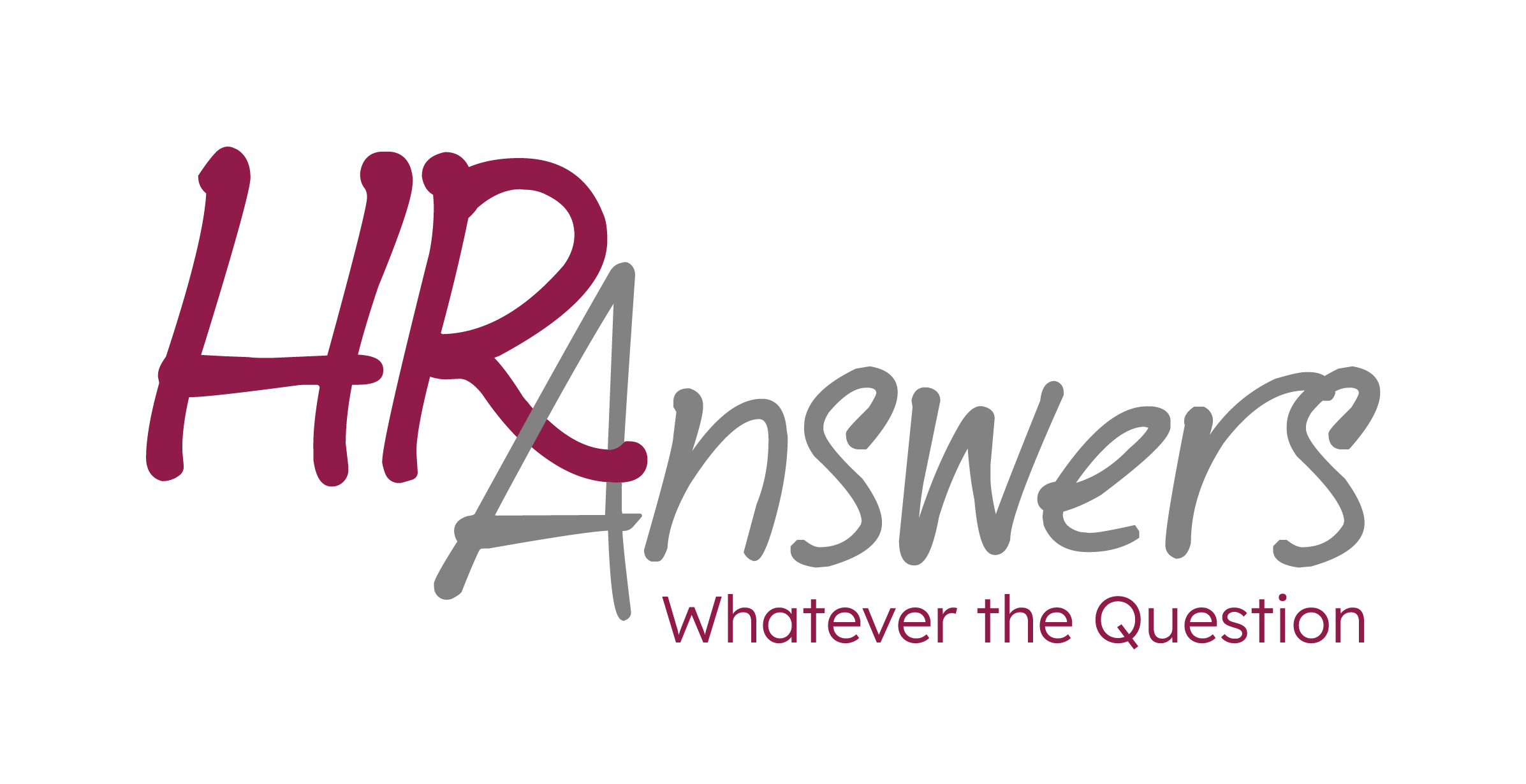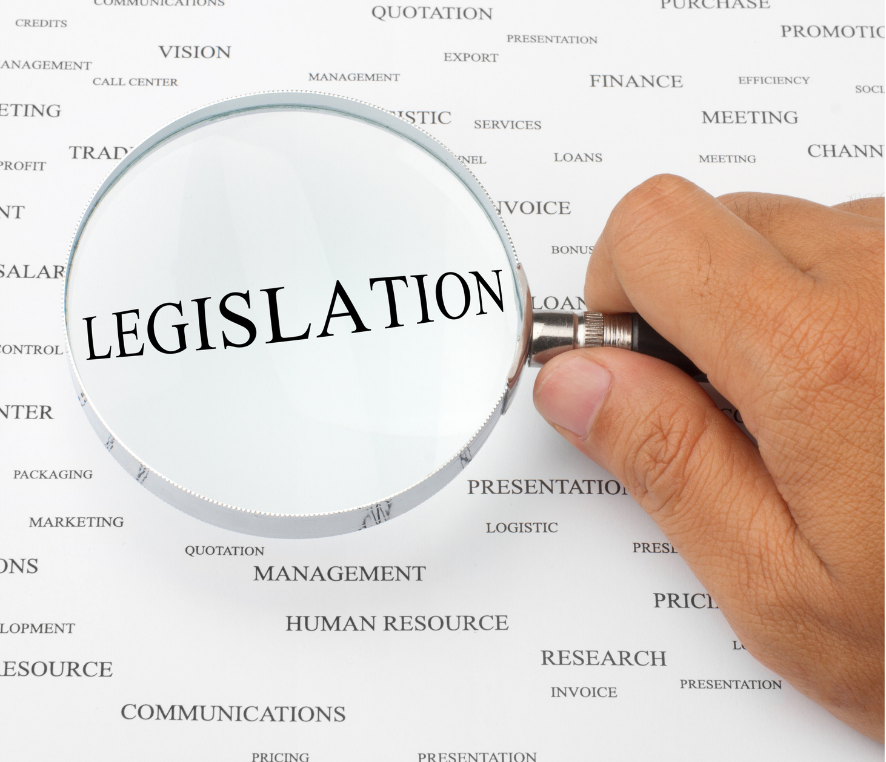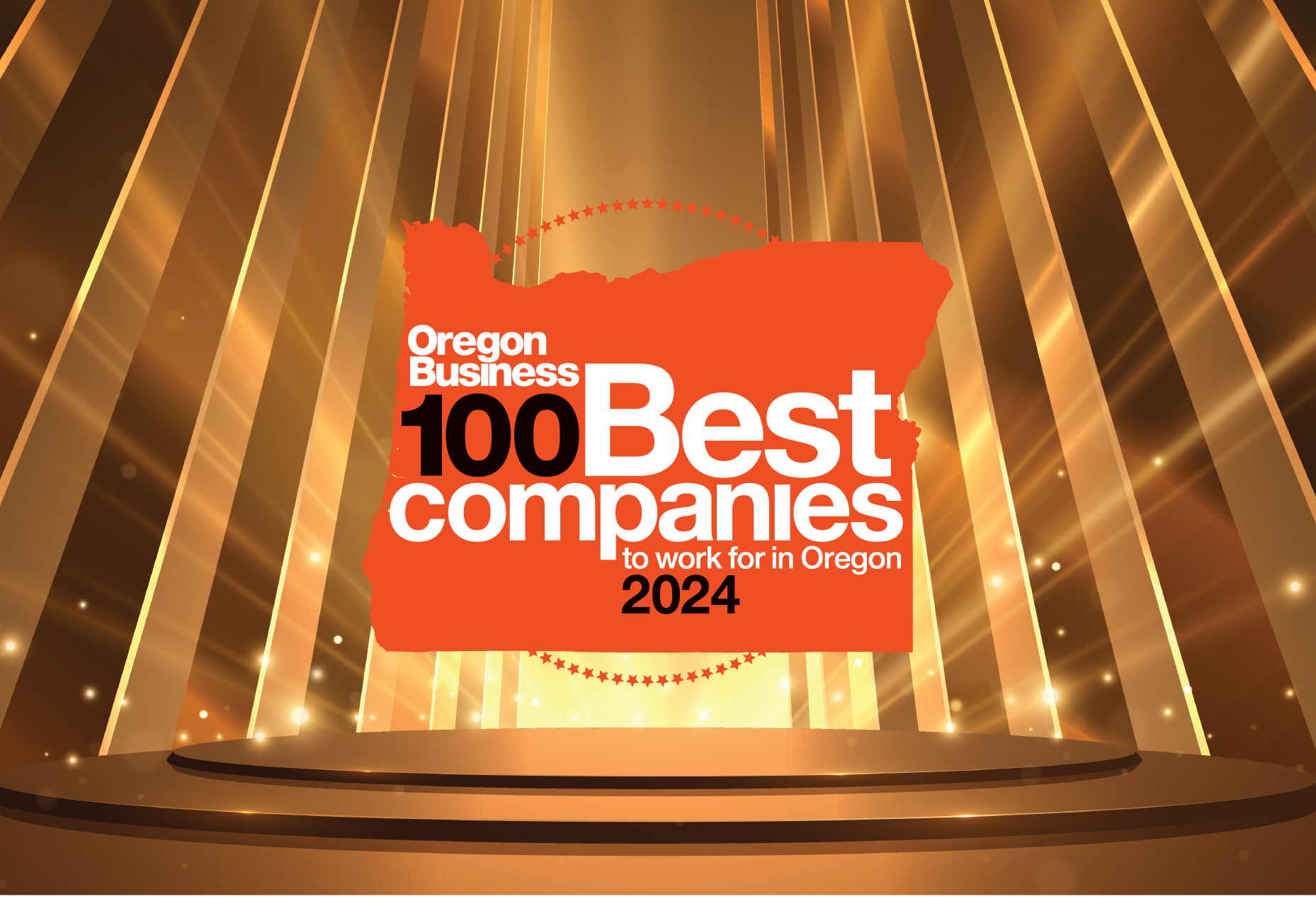ADA/Performance
Question:
“We have an employee who is a performance “train wreck”. They are always having to re-do work. Everyone is frustrated because on top of their performance issue they are out sick A LOT. Can you tell us the best way to fire them?”
Our first step is to identify the goals and associated considerations without jumping to solutions.
Apparent goal(s):
- Resolve performance issues
- Resolve absenteeism
- Resolve team concerns
Associated Considerations:
- An employee handbook should be the organization guide to consistent considerations and actions associated with performance. At a minimum, handbooks should contain the information that will mitigate risk in discipline when consistently applied.
The basic test for risk mitigation in discipline and separation is characterized in the Seven Steps of Just Cause, which are:
Reasonable Rule or Order: The rule (policy) that was allegedly violated must be reasonable and related to the safe, efficient, and orderly operation of the business.
Notice: The employee must have been given clear notice of the rule or order, including its possible consequences for violation.
Investigation: A fair and objective investigation must be conducted to gather all relevant facts and evidence before any disciplinary action is taken.
Fair Investigation: The investigation must be fair and objective, not biased or predetermined.
Proof of Violation: There must be substantial proof or evidence that the employee violated the rule or order in question.
Equal Treatment: The disciplinary action taken should be consistent with how similar violations have been handled in the past, ensuring equal treatment of all employees.
Appropriate Discipline: The discipline imposed should be appropriate to the offense, taking into account factors such as the severity of the violation, the employee’s past disciplinary record, and any mitigating circumstances.
What does your handbook say or if you don’t have one, have the Seven Steps of Just Cause been met?
- The Americans with Disabilities Act (ADA) is an important consideration in performance management for several reasons. According to the ADA, employers are required to provide reasonable accommodations to qualified individuals with disabilities, unless doing so would pose an undue hardship on the operation of the business. In the ADA, the phrase “known or should have known” indicates that employers have a responsibility to make accommodations for disabilities they are aware of or reasonably should be aware of. When knowing the person has been “out sick A LOT” the ADA flag is raised and further exploration is required for compliance, even if the result is no accommodation is needed or available.
Legal Compliance: The ADA prohibits discrimination against qualified individuals with disabilities in all aspects of employment, including performance management. Failing to consider ADA requirements could result in legal liabilities for the employer.
Accommodation: Under the ADA, employers (with 15 or more employees – less in some states) are required to provide reasonable accommodations to qualified employees with disabilities to enable them to perform their job duties effectively. This may include modifying job duties, providing assistive technology, or adjusting work schedules. Performance management processes need to take into account any necessary accommodations for employees with disabilities.
Fairness: Considering the ADA in performance management ensures fairness for employees with disabilities. It prevents discrimination based on disability and ensures that individuals are evaluated based on their ability to perform essential job functions, with reasonable accommodations if needed, rather than being unfairly penalized for factors related to their disability.
Retention of Talent: By accommodating employees with disabilities and ensuring fair performance evaluations, employers can retain valuable talent and promote an inclusive work environment. Employees are more likely to remain with an employer that respects their rights and provides opportunities for advancement based on merit.
Positive Workplace Culture: Integrating ADA considerations into performance management fosters a positive workplace culture that values diversity and inclusion. It sends a message to all employees that their contributions are valued and that the organization is committed to providing equal opportunities for career growth regardless of disability status.
Overall, considering the ADA in performance management is not only legally required and also promotes fairness, inclusive, and a positive work environment, ultimately benefiting both employees and employers.
- Managing a team through performance improvement while considering the Americans with Disabilities Act (ADA) requires a balanced approach that ensures both compliance with legal requirements and fairness to all employees. Here are some key steps to effectively manage a team through this process:
Training and Awareness: Ensure that all managers and supervisors are trained on the requirements of the ADA and understand how it applies to performance management. This includes recognizing signs of potential disabilities, understanding the reasonable accommodation process, and knowing how to engage in interactive discussions with employees.
Clear Expectations: Establish clear performance expectations and communicate them to all team members, including those with disabilities. Make sure that job descriptions and performance standards are clear and accessible to everyone.
Regular Feedback: Provide regular feedback to all team members, including those who may be struggling with performance due to disabilities. Offer constructive feedback aimed at helping employees improve their performance and meet job expectations.
Interactive Process: If an employee’s performance is impacted by a disability, engage in an interactive process to explore possible accommodations. This process involves discussing the employee’s limitations, identifying potential accommodations, and determining which accommodations are reasonable and effective.
Reasonable Accommodations: Implement reasonable accommodations to enable employees with disabilities to perform their job duties effectively. Accommodations may include modifications to work schedules, job duties, equipment, or the work environment.
Documentation: Maintain thorough documentation of all performance-related discussions, accommodations, and decisions. Document any accommodations provided and their effectiveness in enabling the employee to perform their job duties.
Consistency: Ensure that performance management practices are applied consistently to all employees, regardless of disability status. Treat employees with disabilities the same as other employees in similar situations, while still providing any necessary accommodations.
Confidentiality: Respect the confidentiality of employees’ disability-related information. Only share information about an employee’s disability and accommodations on a need-to-know basis, and ensure that all such information is kept confidential.
Continuous Improvement: Continuously evaluate and adjust performance management processes to ensure compliance with the ADA and effectiveness in supporting employees with disabilities. Solicit feedback from employees and supervisors to identify areas for improvement.
By following these steps, managers can effectively navigate performance improvement processes while ensuring compliance with the ADA and promoting a fair and inclusive work environment for all team members.
The Answer:
Yes, we can help with determining if your organization has accomplished all the consideration needed to be consistent with internal practice and risk mitigation. However, this may be the starting point, not the end.










